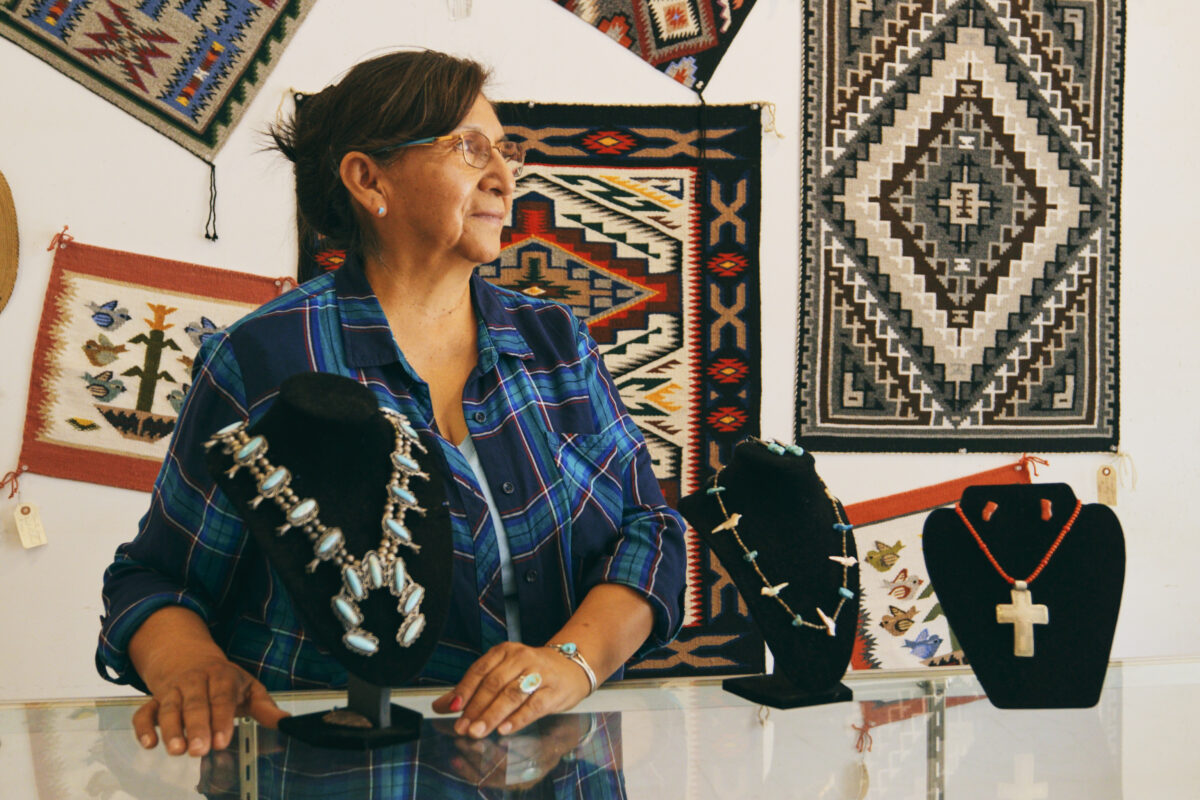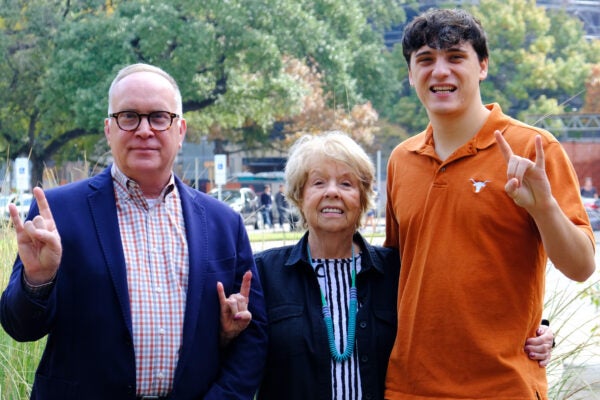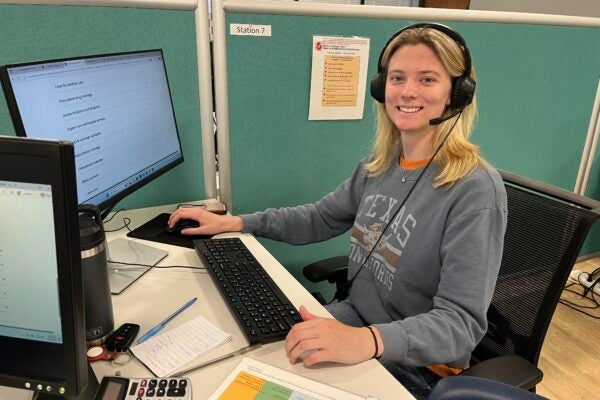Marginalized Entrepreneurs Forge Their Own Paths
Founders of startups use a variety of strategies to overcome systemic obstacles of sex, race, and ability
Based on the research of Rowena Crabbe

In 2014, Whitney Wolfe Herd left her job at the dating app Tinder, where she experienced workplace sexism, to found her own dating app, one oriented toward empowering women in the dating process. This year, Bumble will turn 10.
Herd created a novel dating approach that gave women the exclusive power to message men first. Her story is an example of how entrepreneurship can both achieve business goals and help marginalized groups surmount obstacles, according to a new paper by Rowena Crabbe, assistant professor of marketing at Texas McCombs.
Marginalized groups are ones whose members may be disempowered by existing social and economic structures. Examples are people of color, women, LGBTQ+ people, and those with disabilities, as well as older adults and low-income individuals.
In Bumble’s case, the group was women in a dating context, Crabbe says. Wolfe developed a product that catered to their needs while allowing her to escape discrimination and use her networks.
“While Whitney Wolfe Herdis a woman and experienced sexism in the tech industry, she was able to leverage her other identities, like her race, her class, and her college degree,” Crabbe says. “Marginalized groups aren’t a monolith, meaning their experiences and access to resources will vary within a group.”

Paths to Emancipation
Entrepreneurship is often celebrated as a path to emancipate women, people of color, and others from low-status and low-paying work. Crabbe defines emancipation as the “capacity to enable people to escape or otherwise ameliorate structural constraint.”
But social and economic obstacles can often block their paths, she says. “Research has shown that marginalized entrepreneurs — for example, women or Latinx entrepreneurs — experience resource constraints such as limited access to capital, social closure, or consumer discrimination.”
With co-author Alexander Lewis of The University of Texas at San Antonio, Crabbe’s research points to factors that can help such entrepreneurs achieve both business goals and emancipation.
Although the paper is theoretical and does not offer specific advice, it uses startup stories to illustrate conditions for success. Says Crabbe, “Real-world examples helped illuminate our theoretical contribution.”
Self-employment. Working for themselves may meet their needs better than working for an organization. Chris Tidmarsh struggled as an environmental scientist because autism impaired his workplace social functioning. By striking off on his own and founding an aquaponic farm, he was freed from working within organizational constraints.
Collette Divitto, with Down syndrome, had difficulties finding a job. She used access to resources, through her degree from Clemson University, and opened her own bakery.
Products for unmet needs. Marginalized consumers sometimes need novel products. Robert Braun, who had spinal muscular atrophy, invented a wheelchair lift in 1970. His Braun Corporation (now BraunAbility) pioneered vehicular mobility for others with disabilities.
Processes that lower barriers. Members of marginalized groups can turn obstacles into opportunities. Tony Aguilar, a Mexican American financial technology entrepreneur, used his experience repaying his own student loans to launch Chipper, an app that helps graduates manage and refinance debts. He also counsels other marginalized entrepreneurs on how to interview with potential financiers.
Tests of Emancipation
Not all business ventures lead to emancipation, Crabbe says. Market pressures or lack of access to resources can get in the way.
“A business is emancipatory when it better reflects their interests compared to organizational employment,” she says, “when it allows time or financial resources or autonomy or escape from discrimination.”
To help identify the kinds of ventures that truly promote emancipation, Crabbe notes three kinds of outcomes:
- A business that reflects an entrepreneur’s own interests and values rather than another employer’s.
- A product that meets unique needs of disadvantaged consumers.
- A process that lowers barriers to starting a business and helps lower them for other entrepreneurs.
When it meets those tests, Crabbe says, “Entrepreneurship possesses significant appeal to marginalized groups interested in remediating their structural disadvantage.”
By presenting a systematic way of thinking about business startups and rising above obstacles, she says, “I hope the paper is useful and practical for policymakers thinking about increasing entrepreneurship of marginalized groups.”
“The Entrepreneurship of Marginalized Groups and Compatibility Between the Market and Emancipation” is published online in the Journal of Business Venturing.
Story by Sharon Jayson
About this Post
Share:


